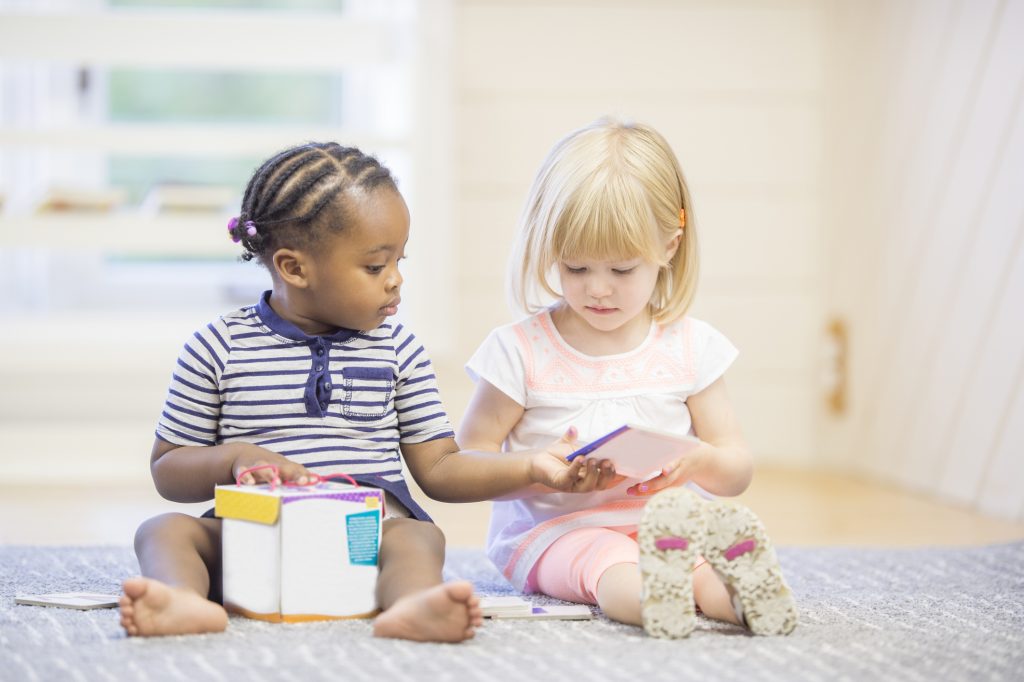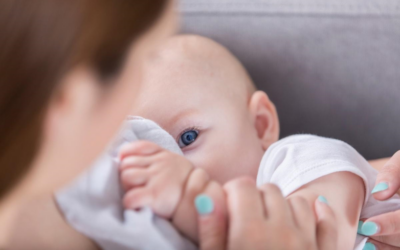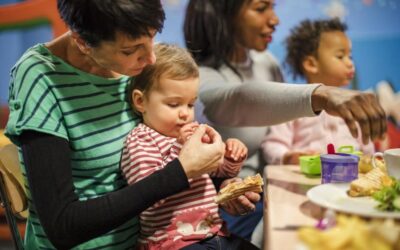Teaching young children about caring and compassion is essential to healthy social and emotional development
Kindness makes the world a better place to live in and is one of the few qualities that benefits not only the giver and the receiver but also the community around them. Babies and toddlers are born with a natural sense of kindness and compassion. However, that capacity grows with practice. Creating opportunities to teach young children the value of kindness can have a positive impact on their lives and on the world around them.
Social-emotional learning is an important part of early childhood development and includes an educational emphasis on self-awareness, emotional regulation, relationship skills, and learning about empathy – understanding and sharing the feelings of someone else. Even very young children can be taught the importance of being kind to others. Include the following in your caregiving curriculum to help create teachable moments about caring and kindness.
Play pretend
Young children enjoy using their imagination to put themselves in roles or scenarios they’ve seen elsewhere, and being able to experience something from another person’s perspective is key to curating a sense of compassion. Encourage this natural inclination by inviting them to participate in pretend play where they’re in a nurturing role, such as a doctor, nurse, or veterinarian. Use stuffed animals or puppets as patients, introduce scenarios in which they can help, and ask how they can make their patient feel better.
Storytime
Stories are an excellent way to highlight emotions, character traits, problem-solving, and cause and effect. Seek out books that demonstrate kindness or compassion and point out how being kind or experiencing kindness affects the story and characters involved, or stop throughout the story to ask how they think the character feels. Ask questions like, “Does the bear feel happy or sad?” as you point to an illustration of an expressive face. Simply identifying emotions helps build a strong foundation for recognizing opportunities to make others feel better.
Nurture living things
Taking care of something else involves kindness. Feeding a class pet (in a very well-supervised environment, of course) or starting a small garden can help teach young children that being kind to others not only helps the recipient thrive but also feels good to participate in. Water an existing plant or start a seed and watch it grow for a dual lesson in kindness and science.
Teach manners
Learning to say please and thank you and how to take turns or share are more than just basic life lessons; they’re also ways to teach and show kindness. Explain the “why” behind doing those things: to make others feel appreciated because that makes them feel good. Praise young children who are being nice and label it as kindness. Encourage them to invite others to play, to let someone else take a turn choosing an activity, or to share a favorite toy with the understanding that they would want someone to do the same for them.
Be the change
One of the best ways to teach kindness is to demonstrate it in your own actions. Show empathy by seeing things from the perspective of the children in your care, acknowledge their feelings, and understand their motivations. Be patient, be happy, and offer your help and support generously.
Children look up to their caregivers and often adopt the behaviors they witness. Create teachable moments about kindness, empathy, and compassion in your child care environment and in your life to make a long-lasting impact that will benefit the children in your care, and the people around them.
The Virginia Infant & Toddler Specialist Network helps improve the quality of care for infants and toddlers through extensive resources, services, and education for caregivers. Learn more about how we can help you improve the standard of care.




